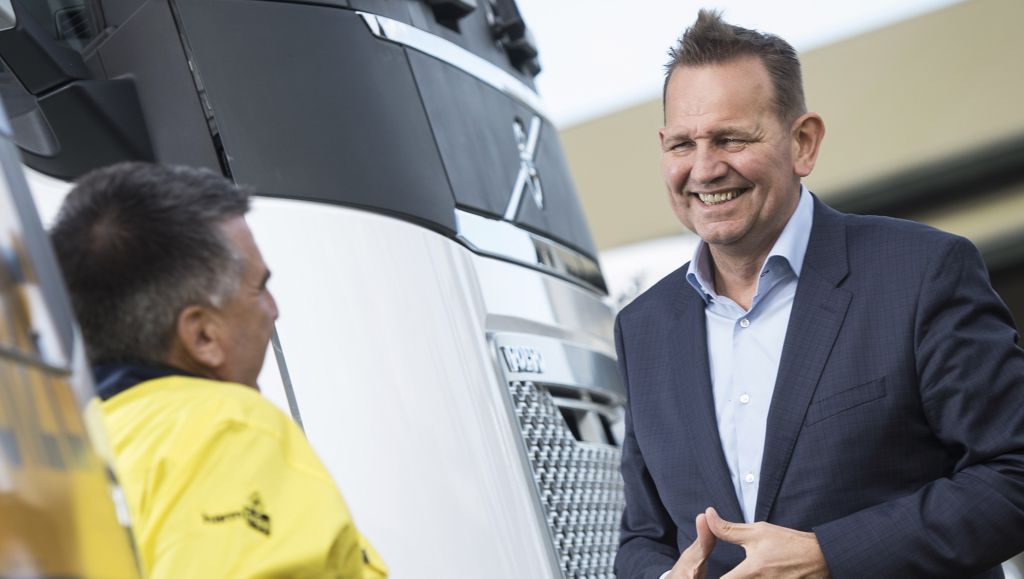Tackling driver shortages head-on


When did Volvo Group Australia identify driver shortage as a problem?
“It has been a looming problem for a number of years. Two years ago I was speaking at the Victorian Transport Association President’s Dinner about caring more for the drivers, and how much the new FH was designed with the driver in mind, and there was a spontaneous applause from the audience. They were all pleasantly surprised to hear a statement like that from a truck manufacturer, because they wanted help attracting new drivers. That’s when we realised just how serious the issue was.”
How did you act upon this?
“We initially conducted interviews with customers. The feedback we received was that the professional truck driver population was aging, there was very little young blood starting out, and that there was a lack of diversity. We then conducted a more extensive survey, taking in almost 600 companies and 35,000 truck drivers. We very much consider our customers as business partners, so anything we can do to help address the issue is ultimately helping them. But as the leader of the Australian heavy-duty truck market, we want to give something back to the industry and to society in general.”
What do you think is putting off younger people looking at a career in truck driving?
“It is not seen as a very ‘cool’ job. There is still a poor public perception of truck drivers and the transport industry as a whole. A lack of structured education or nationally recognised qualification within the industry has also been a problem. In reality, drivers have to be very professional nowadays. They are ambassadors for their companies, and we want to promote this through improved communication. The truck trade media here in Australia has been very helpful in communicating our message, but as a leading manufacturer, we’re looking to leverage our position to take the message to a larger audience.”
What specific initiatives are taking place?
“In 2017, The Volvo Group Australia is setting up a Driver Academy that will provide the necessary training and experience to transform heavy-vehicle licence holders into professional truck drivers. We want to reach out to motivate drivers who want to work in the industry. This will be an industry recognised certificate that drivers can use to find employment. With the help of our dense dealer network, we will reach all the important locations throughout Australia.”
A lack of women drivers has also been an ongoing problem. How do you encourage more women to get behind the wheel?
“We are particularly proud to be involved in a partnership with the Pilbara Heavy Haulage Girls. This is a driving academy which provides a gateway for women to join the industry. We are sponsoring two trucks and have an ongoing collaboration with them. There are many women who want to become truck drivers and have a truck licence but don’t have the experience. This initiative is making a really positive difference.”
Figures taken from Volvo Group Australia’s Professional Truck Driver Shortage report from May 2016